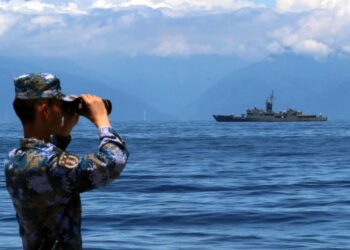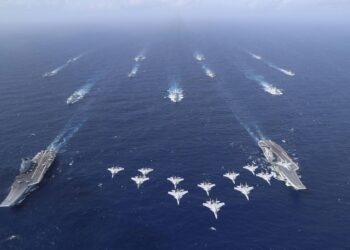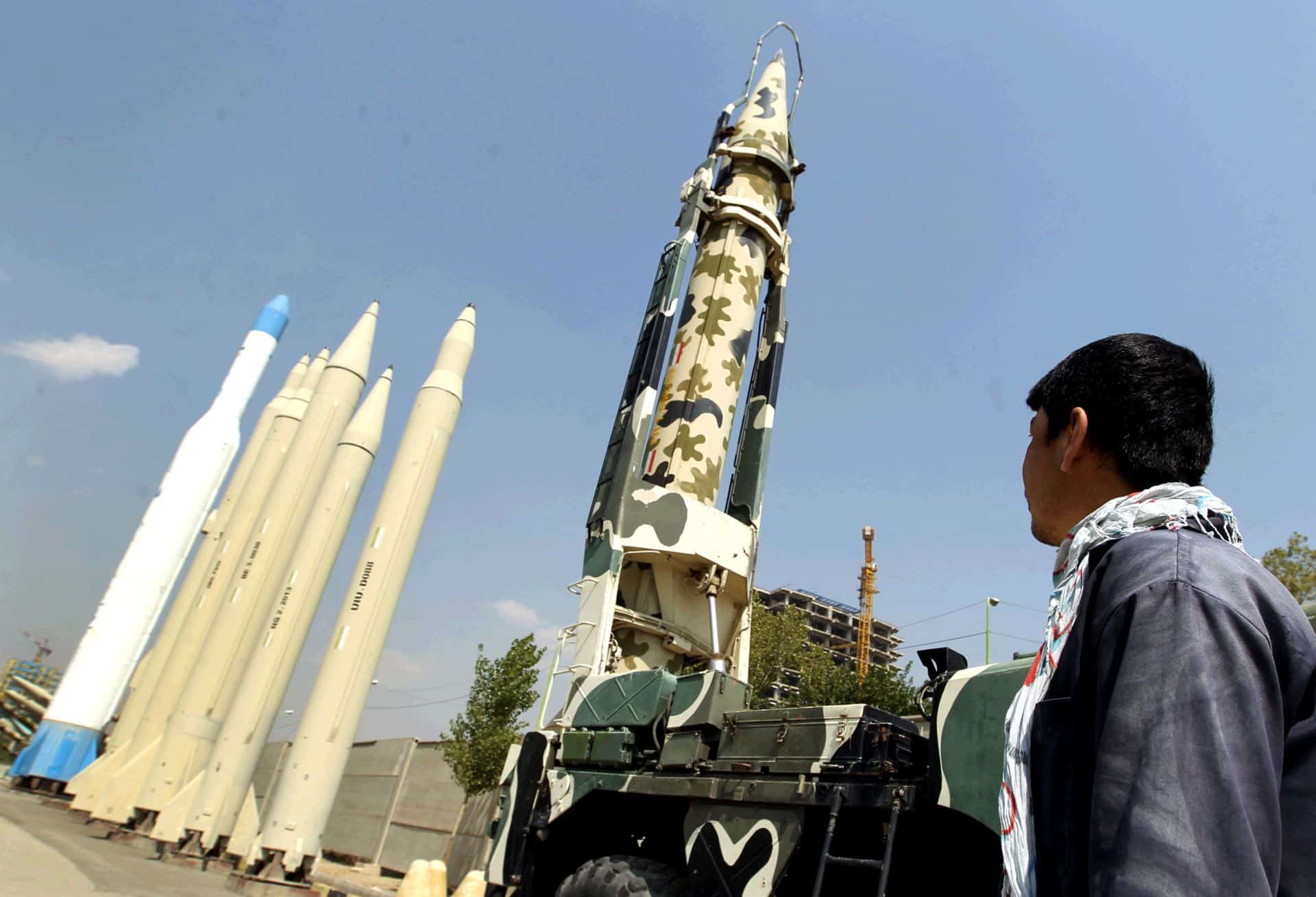In February and March 2024, the Manta Ray uncrewed underwater vehicle (UUV) prototype, developed by Northrop Grumman, underwent comprehensive in-water testing off Southern California’s coast. The tests assessed the UUV’s hydrodynamic performance, including submerged operations employing its various propulsion and steering modes such as buoyancy, propellers, and control surfaces.
“Our successful, full-scale Manta Ray testing validates the vehicle’s readiness to advance toward real-world operations after being rapidly assembled in the field from modular subsections,” said Dr. Kyle Woerner, DARPA program manager for Manta Ray. “The combination of cross-country modular transportation, in-field assembly, and subsequent deployment demonstrates a first-of-kind capability for an extra-large UUV.”
The vehicle was transported in parts from Maryland, where it was constructed, to California for testing. This method of shipment and assembly underscores the vehicle’s potential for quick deployment worldwide, offering a space-saving solution at naval facilities.
“Shipping the vehicle directly to its intended area of operation conserves energy that the vehicle would otherwise expend during transit,” said Woerner. “Once deployed, the vehicle uses efficient, buoyancy-driven gliding to move through the water. The craft is designed with several payload bays of multiple sizes and types to enable a wide variety of naval mission sets.”
The initiative with the Manta Ray aims to develop a new category of UUVs capable of long-duration, long-range missions with significant payload capacity, designed for continuous operation in challenging marine environments. DARPA is collaborating with the U.S. Navy to plan further testing and integration of the technology.
PacMar Technologies, another collaborator on the Manta Ray project, continues to test its full-scale energy harvesting system throughout 2024.











Discussion about this post